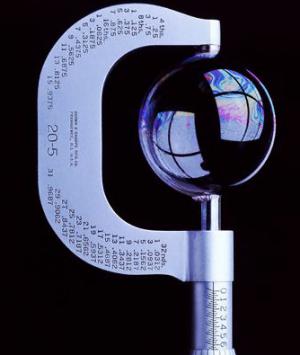On the virtues and vices of ICAP, ACAP, FTRs, hubs, flowgates, DAMs, and gaming.
Bruce W. Radford is Editor-in-Chief of Public Utilities Fortnightly. This article includes excerpts from articles first published in Fornightly’s GridWeek, a weekly newsletter on electric transmission and market design, published by Public Utilities Reports Inc.
Can energy markets have virtues and vices? You betcha. Just listen in on a few minutes from one of those technical conferences on market design held over the past several months at the Federal Energy Regulatory Commission (FERC).

The subject was FTRs-Firm Transmission Rights. The issues are rich and complex: Physical or financial? Auction or allocate? Option or obligation? Use it or lose it?
The players included Steve Naumann (v.p., transmission services, Commonwealth Edison), Steve Walton, (consultant for RTO West-formerly with PacifiCorp and Enron), Linda Manz (manager, transmission planning, for PSE&G), Michael Schnitzer (consultant, NorthBridge Group), and David Mead and Dick O'Neill (both from FERC's Office of Markets, Tariffs and Rates). They debated two conflicting visions for FTRs: the model proposed for RTO West (financial rights, but linked to a physical schedule) versus the systems in place in PJM and New York (purely financial systems, but with a key difference regarding an auction of rights). Here's a condensed excerpt from the conversation:
Steve Walton: "If you have an auction right off the reel, you're asking customers to expose themselves to substantial price risk ... We had two years of debate over this issue, and it's the easiest way to break up an RTO West meeting ... It's a guaranteed killer."

